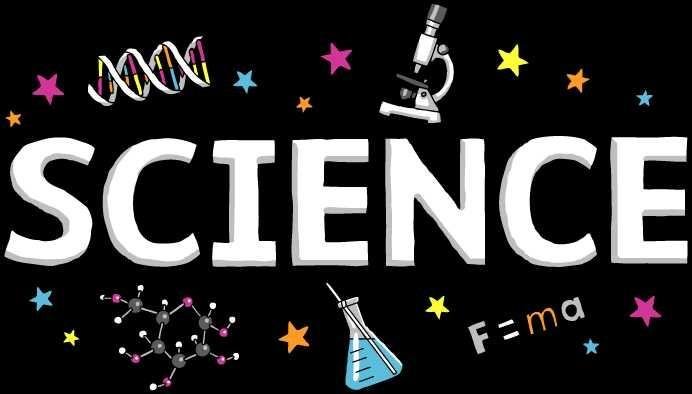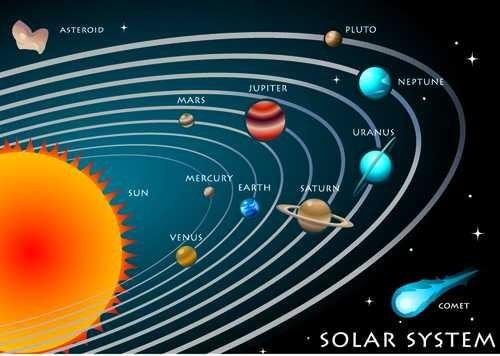
image credit
The exploration of space became feasible in the late twentieth century with the development of rocket technology. As developed for this purpose, the rocket is a huge cylindrical device that is projected into the Earth's atmosphere and beyond by the ignition of the gases inside it. Attached to it is a spacecraft which continues in motion along a designated path after the rocket falls away.
Journey into space are of two fundamental kinds: human missiona and robotic missions. A human mission means that one or more human beings travel in the spacecraft; on a robotic mission the spacecraft encloses a human-like machine, a robot. Human missions are more likely to capture newspaper headlines, but both types have played a major role in space exploration. The problems with human missions include the fact that beyond the Earth's atmosphere there is no pull of gravity towards the Earth, so that human beings are weightless there and find difficulty in moving about inside the craft. In addition, the great distances involved require large supplies of food and of oxygen.

image credit
Fifty or sixty years ago space exploration began to become a reality, but it at once got caught up in the great power rivalry between the USA and the Soviet Union. Each wanted to be the first to put a man into space, and this was achieved by the Soviet Union when in 1961 a Soviet cosmonaut, Yuri Gagarin, orbited the Earth in an artificial satellite. But the greatest triumph of this early period, the conquest of the Moon, was an American one, called PROJECT APOLLO, it cost about $100,000 million and required the development of the saturn V rocket, still the largest such vehicle ever flown.
Success came when on july 20th 1969, Neil Armstrong stepped from his Apollo craft on the lunar surface. By 1973, altogether twelve Americans had walked on the Moon, traversing one hundred kilometres of the surface and bringing back to Earth 382kg of samples of lunar rock. However, mainly for financial reasons, America soon turned back from this heoric outward thrust and for the time being no further attempts were made to send humans on such long missions!!!
Thanks for reading...due tune in for more knowledge and updates...

I am @vickyrich a true @euronation member...stay ever blessed. One love.

@abuja-steem just upvoted this post. Help us to do more by upvoting this comment
Very educative@knightgh.
Nice work @vickyrich
@originalworks
great work here. I love this, it is really educating
Very educative post. Thank you @vickyrich
you welcome tnx for stoping by
@knightgh
Good researched work,very educative.thanks for the great work
Nice post
Thanks for sharing..
tnx for stopping by